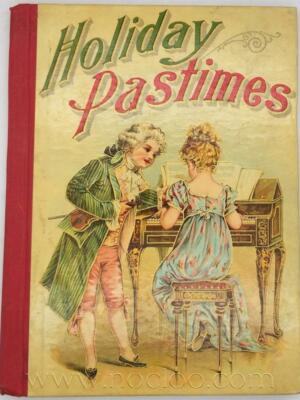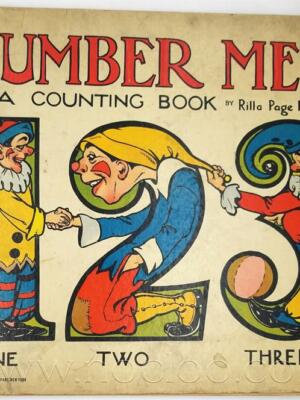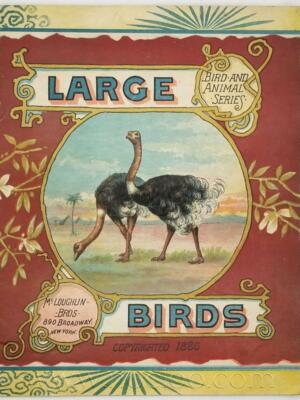The Water-Babies (1863) by Charles Kingsley is a whimsical yet morally charged Victorian fairy tale that blends fantasy, satire, and social reform. The story follows Tom, a young chimney sweep who, after being falsely accused of theft and fleeing into a river, drowns and is transformed into a “water-baby.” In this underwater realm, he embarks on a series of surreal adventures, encountering creatures like the stern but fair Mrs. Bedonebyasyoudid and the nurturing Mother Carey, while learning moral lessons about repentance, kindness, and the consequences of his actions.
Kingsley’s novel is a peculiar mix of playful imagination and didacticism, critiquing child labor, cruelty to animals, and the era’s class inequalities. Its episodic structure and digressions (into evolutionary theory and Christian theology) reflect the author’s dual roles as clergyman and naturalist.
Initially serialized, The Water-Babies became a classic of children’s literature, though modern readers may find its moralizing tone and racial stereotypes (e.g., the caricatured “Do-as-you-likes”) problematic.
One of the most unusual children’s books ever written, The Water-Babies, subtitled ‘A Fairy Tale for a Land-Baby’, was originally intended as a satire in support of Charles Darwin’s On the Origin of Species, and explores the issues at the forefront of biologists’ minds at the time. First published as a complete novel in 1863, Charles Kingsley’s classic tale also explores ideas about religion, the Victorian education system and the working conditions of children and the poor.
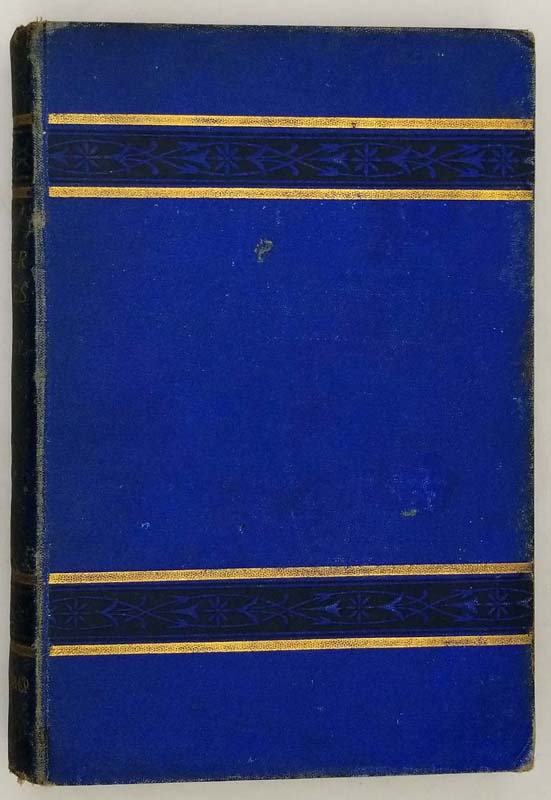
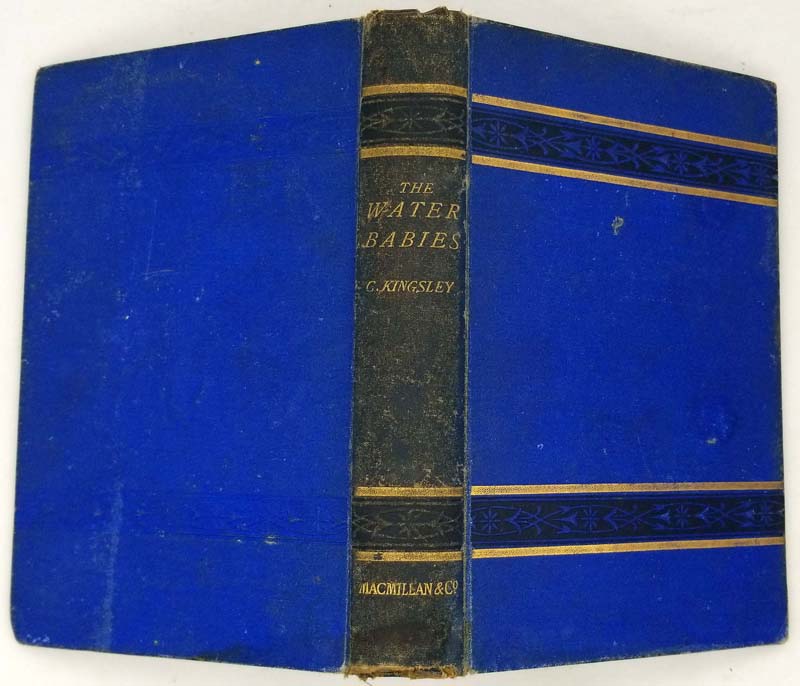
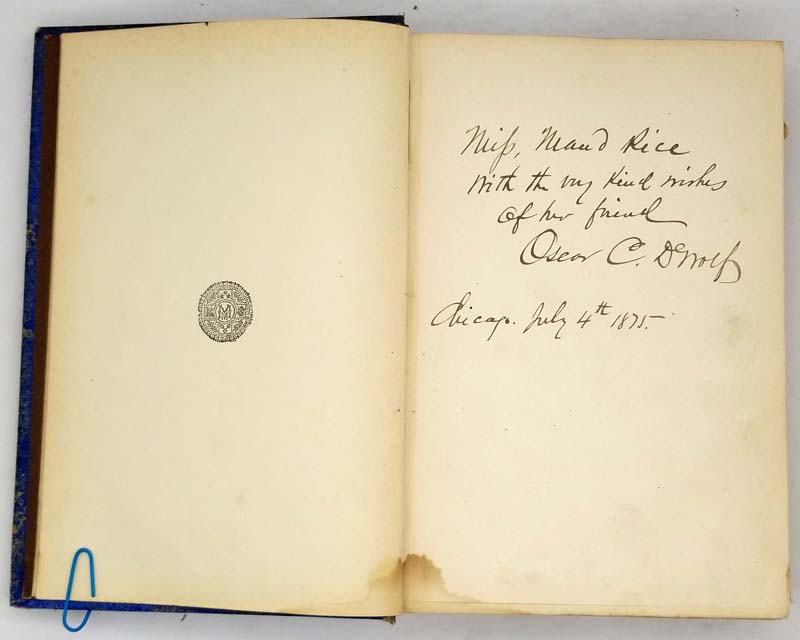
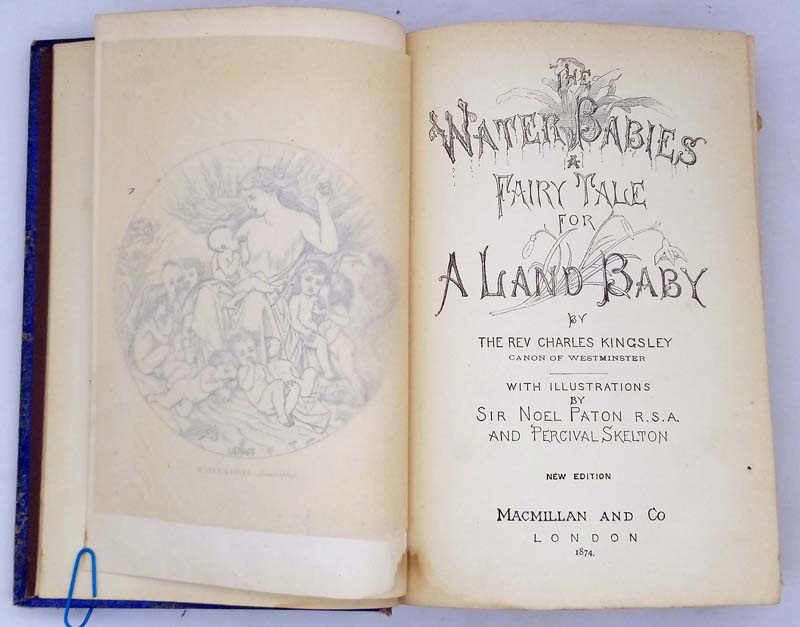
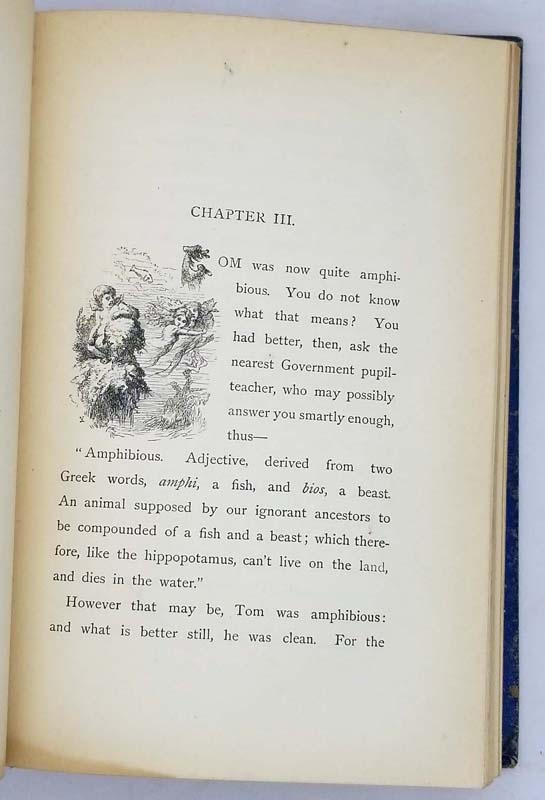
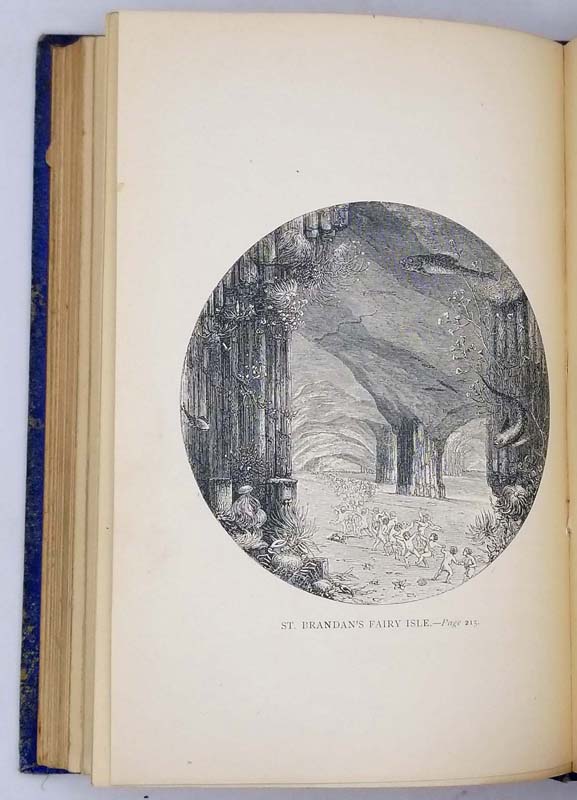
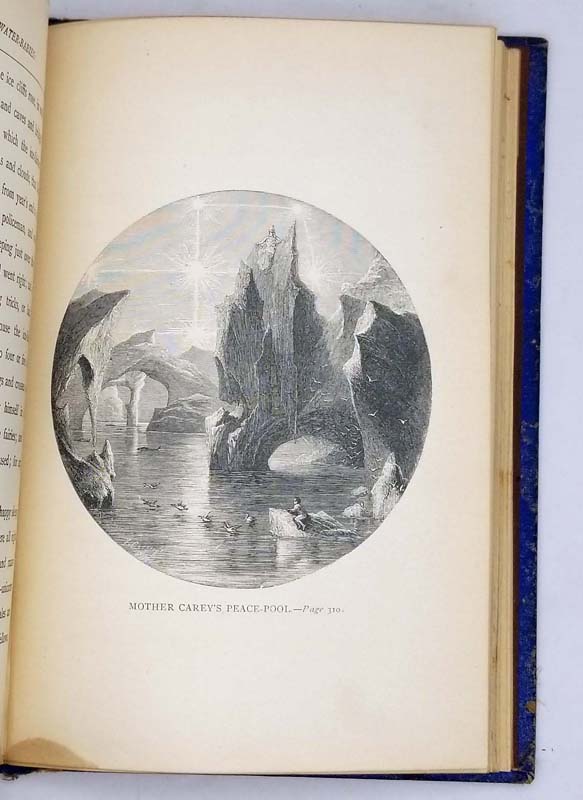
![A.A. Milne - When We Were Very Young 1924. First edition [1]](https://www.nocloo.com/wp-content/uploads/2020/07/aam-young1-300x400.jpg)

